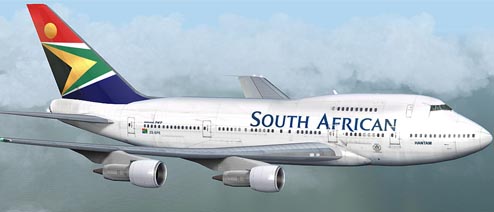Stamp: Copenhagen (Hungary 1966)
Copenhagen (Hungary 1966)
17 October (Hungary ) within release Airpost. Plane over Cities served by Hungarian Airways goes into circulation Stamp Copenhagen face value 1.50 Hungarian forint
| Stamp Copenhagen in catalogues | |
|---|---|
| Michel: | Mi: HU 2285B |
| Philatelia Hungarica Catalog: | PHu: HU 2330V |
Stamp is vertical format.
Also in the issue Airpost. Plane over Cities served by Hungarian Airways:
- Stamp - Helsinki face value 20;
- Stamp - Beirut face value 1;
- Stamp - Frankfurt face value 1.10;
- Stamp - Cairo face value 1.20;
- Stamp - Copenhagen face value 1.50;
- Stamp - London face value 2;
- Stamp - Moscow face value 2.50;
- Stamp - Paris face value 3;
- Stamp - Prague face value 4;
- Stamp - Rome face value 5;
- Stamp - Athens face value 50;
- Stamp - Beirut face value 1;
- Stamp - Cairo face value 1.20;
- Stamp - Copenhagen face value 1.50;
- Stamp - Frankfurt face value 1.10;
- Stamp - Helsinki face value 20;
- Stamp - London face value 2;
- Stamp - Moscow face value 2.50;
- Stamp - Paris face value 3;
- Stamp - Prague face value 4;
- Stamp - Rome face value 5;
Stamp Copenhagen it reflects the thematic directions:
An aircraft (pl. aircraft) is a vehicle that is able to fly by gaining support from the air. It counters the force of gravity by using either static lift or the dynamic lift of an airfoil, or, in a few cases, direct downward thrust from its engines. Common examples of aircraft include airplanes, rotorcraft (including helicopters), airships (including blimps), gliders, paramotors, and hot air balloons.Part 1 (Definitions and Abbreviations) of Subchapter A of Chapter I of Title 14 of the U. S. Code of Federal Regulations states that aircraft "means a device that is used or intended to be used for flight in the air."
An airline is a company that provides a regular service of air transportion for passengers or freight (cargo). Airlines use aircraft to supply these services. Many passenger airlines also carry cargo in the belly of their aircraft, while dedicated cargo airlines focus solely on freight transport. Generally, airline companies are recognized with an air operating certificate or license issued by a governmental aviation body. Airlines may be scheduled or charter operators.
Aviation is the practical aspect or art of aeronautics, being the design, development, production, operation and use of aircraft, especially heavier than air aircraft. The word aviation was coined by French writer and former naval officer Gabriel La Landelle in 1863, from the verb avier (synonymous flying), itself derived from the Latin word avis ("bird") and the suffix -ation.
A castle (from Latin: castellum) is a type of fortified structure built in Europe and the Middle East during the Middle Ages by European nobility. Scholars debate the scope of the word castle, but usually consider it to be the private fortified residence of a lord or noble. This is distinct from a palace, which is not fortified; from a fortress, which was not always a residence for nobility; and from a fortified settlement, which was a public defence – though there are many similarities among these types of construction. Usage of the term has varied over time and has been applied to structures as diverse as hill forts and country houses. Over the approximately 900 years that castles were built, they took on a great many forms with many different features, although some, such as curtain walls and arrowslits, were commonplace.
A port is a maritime facility comprising one or more wharves or loading areas, where ships load and discharge cargo and passengers. Although usually situated on a sea coast or estuary, ports can also be found far inland, such as Hamburg, Manchester and Duluth; these access the sea via rivers or canals. Because of their roles as ports of entry for immigrants as well as soldiers in wartime, many port cities have experienced dramatic multi-ethnic and multicultural changes throughout their histories




